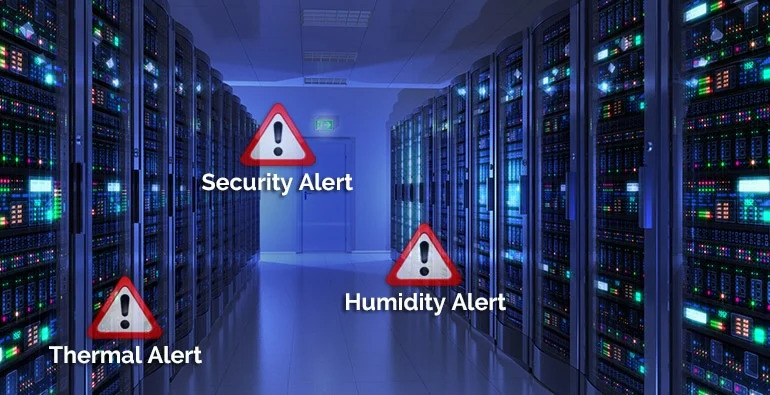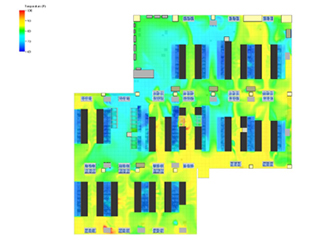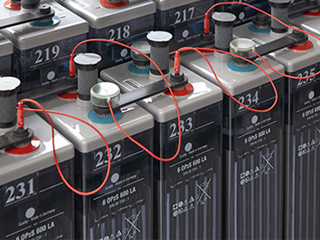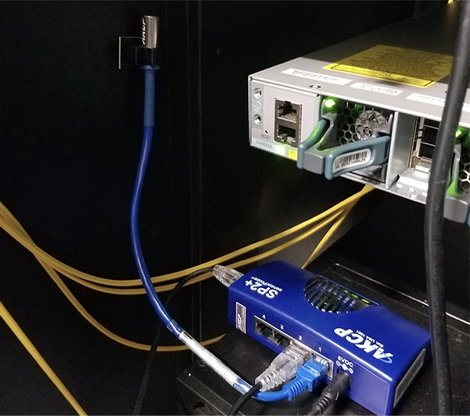Why Data Centers Should Monitor Their Environmental Impact?
-
Facebook has announced ambitions to become water-positive by 2030, adding to its existing goal of achieving net-zero greenhouse gas emissions across its entire supply chain by that time.
-
Google recently announced an ambitious water stewardship goal of replenishing 120% of the water used in its offices and data centers. By 2030, Google has pledged to run its data centers on carbon-free electricity 24 hours a day, seven days a week.
-
By 2030, Microsoft wants to be carbon neutral, meaning it will have eliminated all direct GHG emissions as well as those from its entire supply and value chain. This includes a plant that plans to phase out diesel-powered data center generators by 2030.
-
Amazon Web Services (AWS) says it has “many initiatives underway to use water more effectively and use less potable water to cool our data centers” and aspires to run on 100% renewable energy by 2025.
-
Digital Realty, Equinix, Iron Mountain, and Sabey Data Centers are among the multi-tenant operators that have committed to the Science-Based Targets project to cut emissions in order to fulfill the goals of the 2015 Paris Climate Agreement.
Climate Compliance
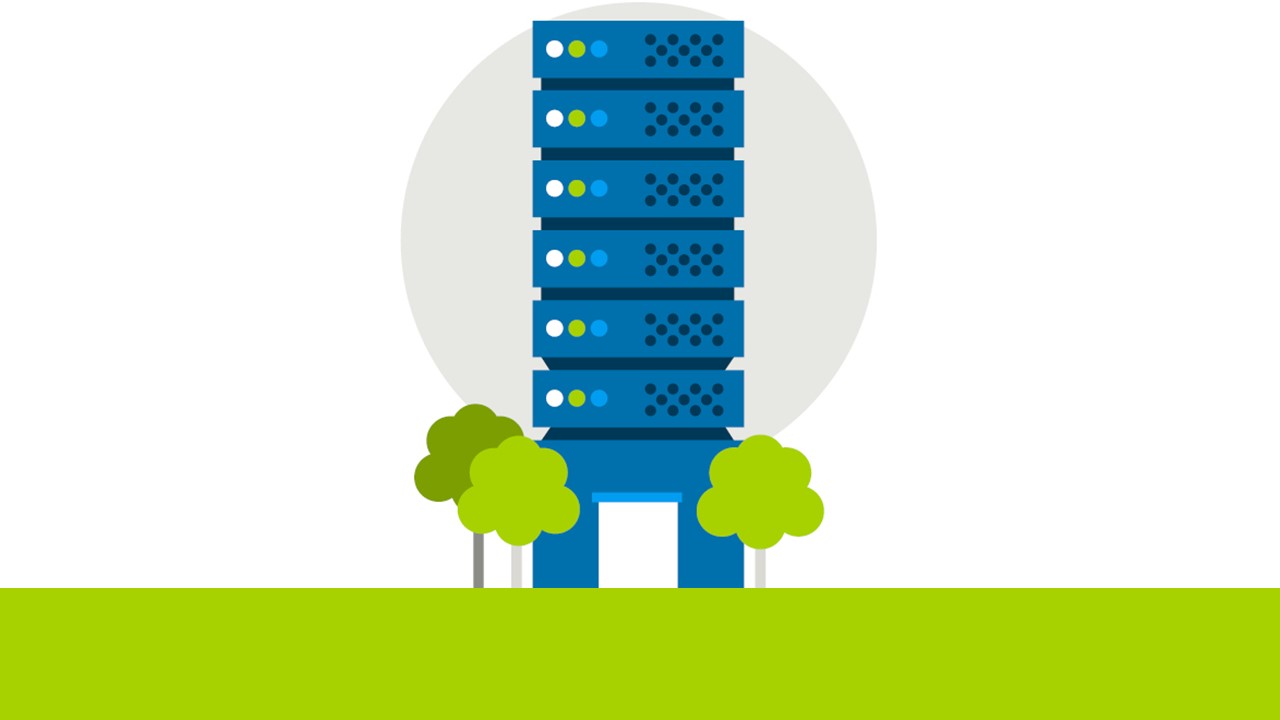
Photo Credit: ramboll.com
Challenges for Operators

Photo Credit: www.sunbirddcim.com
For outage prevention, environmental sustainability, and overall performance, the stakes have never been higher. To minimize service delivery risk and maximize resiliency, companies must continue to carefully examine their mission-critical digital infrastructure and operations.
Importance of Environmental Monitoring
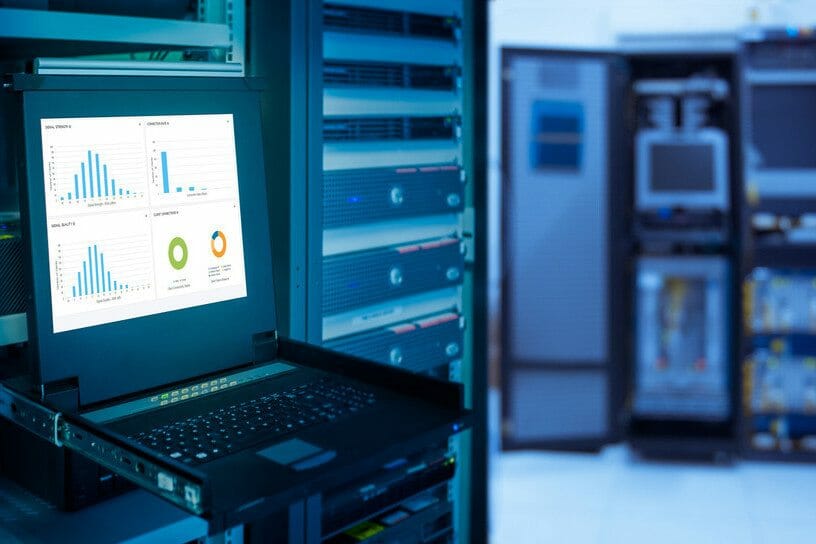
Photo Credit: www.upsite.com
Disasters Come In Every Size
Major events like power outages and burst water pipes cause instant damage, particularly when they occur after hours. Other events are slow creepers, like falling humidity, which causes static electricity build-up that eventually damages equipment.
Environmental monitoring systems prevent damage from all of these problems because they “watch” all conditions and alert you immediately to deviations from the norm. Various types of sensors are positioned throughout the data center, constantly reporting their status to the monitoring unit. As soon as a data reading falls outside the preset “normal” parameter, the unit sends an alarm by:
- Text
- Phone
- SNMP trap
Depends On The Infrastructure
Air conditioning systems, UPS systems, and backup generators all need to be operating at peak efficiency to ensure that your servers and network gear continue to run without interruption. Environmental monitoring systems can simultaneously monitor both the network environment and Transmission Control Protocol/Internet Protocol (TCP/IP) devices. Any device that has a TCP/IP address can be monitored. The system detects variances in environmental conditions and notifies the appropriate personnel before a glitch becomes a disaster.
Early Detection Of The Following:
- Downtime
- Offline Router
- HVAC Failure
- Power Outage
- Water Leak
- High & Low Humidity
- High & Low Temperature
- Restricted Airflow
- Unauthorized Access
AKCP Environment Monitoring For Data Centers
Monitoring the environmental conditions in your computer room and data center is essential. Ensuring you are running at optimal ASHRAE recommended temperatures will mean less downtime and longer life of your servers and rack-mounted equipment. AKCP has a range of sensors to help you do this, from basic temperature and humidity sensors to cabinet thermal maps for detailed monitoring.
With over 30 years of experience in Data Center monitoring, AKCP is the world’s leader in SNMP-based Data Center Environment Monitoring Solutions. AKCP has a variety of wired and wireless to choose from depending on your need.
Types of Environmental Monitoring
Temperature, humidity, fluids, leaks, smoke, fire, and other environmental characteristics may all be monitored in the server room to ensure optimal reliability while cutting cooling costs and attaining greener IT. This type of action helps to protect mission-critical equipment against failure, as well as performance degradation, intermittent failures, total equipment failure, and data loss.
AKCP Temperature Monitoring
AKCP temperature monitoring is an automatic mechanism that alerts IT, administrators if the temperature in the server room climbs above a specified threshold. It’s a key duty to guarantee that the server’s performance isn’t harmed by high room temperature.
AKCP Humidity Monitoring
The majority of electronic components are made to work in a specified humidity range. Low humidity environments increase the risk of electrostatic discharge (ESD), which can cause immediate and catastrophic failure of electronic components. Whereas high humidity environments can cause disk drives to fail, resulting in data loss and downtime, low humidity environments increase the risk of electrostatic discharge (ESD), which can cause immediate and catastrophic failure of electronic components.
AKCP Motion Detection
After hours, or even during the day, many server rooms are left unattended. By leaving a door open, other personnel may unintentionally sabotage the server room. Installing motion detectors in the server room is a simple and cost-effective approach for IT employees to stay informed and alerted of all activities.
AKCP Smoke Detection
In the case of a fire, additional smoke detectors in the server room will provide IT, workers, as much notice as possible. This enables responsible staff to start catastrophe recovery operations as soon as feasible, reducing overall downtime.
AKCP Camera Surveillance
CCTV cameras are an excellent technique to secure the server room. They not only record specific occurrences such as door openings, motion detection, and so on, but they also serve as a visual deterrent to burglars. The bright, sharp images can be emailed, FTP’d, MMS’d, or streamed directly to a cell phone and transmitted to IT employees anywhere.
Conclusion
The lifeblood of many organizations is stored in data centers. To safeguard it from harmful environmental conditions, it only makes sense to have the correct monitor. And selecting the correct atmosphere safeguards not only enterprises but also the reputation of our data center.
If the environment monitor keeps a complete record of the aforementioned environmental elements, it can only accomplish wonders. If you run your data center through an integrated management system, its value will increase as well. And that’s the kind of dedication you’ll need for data center monitoring.

